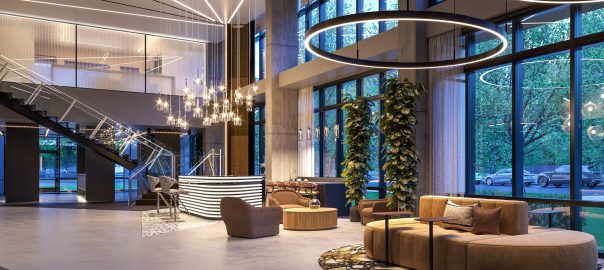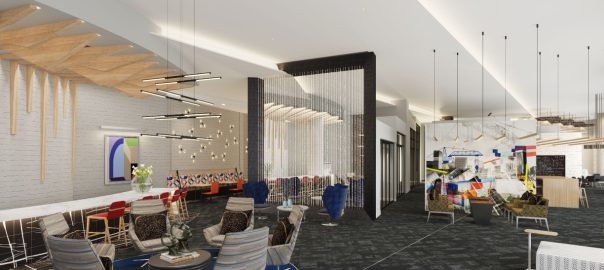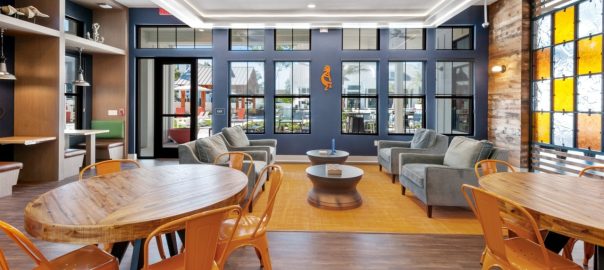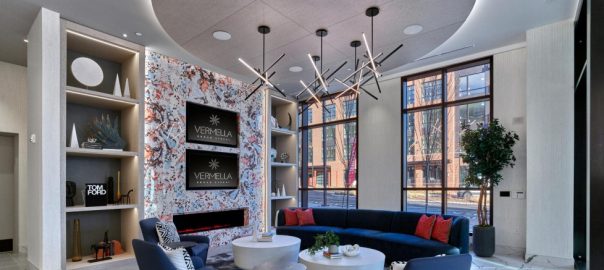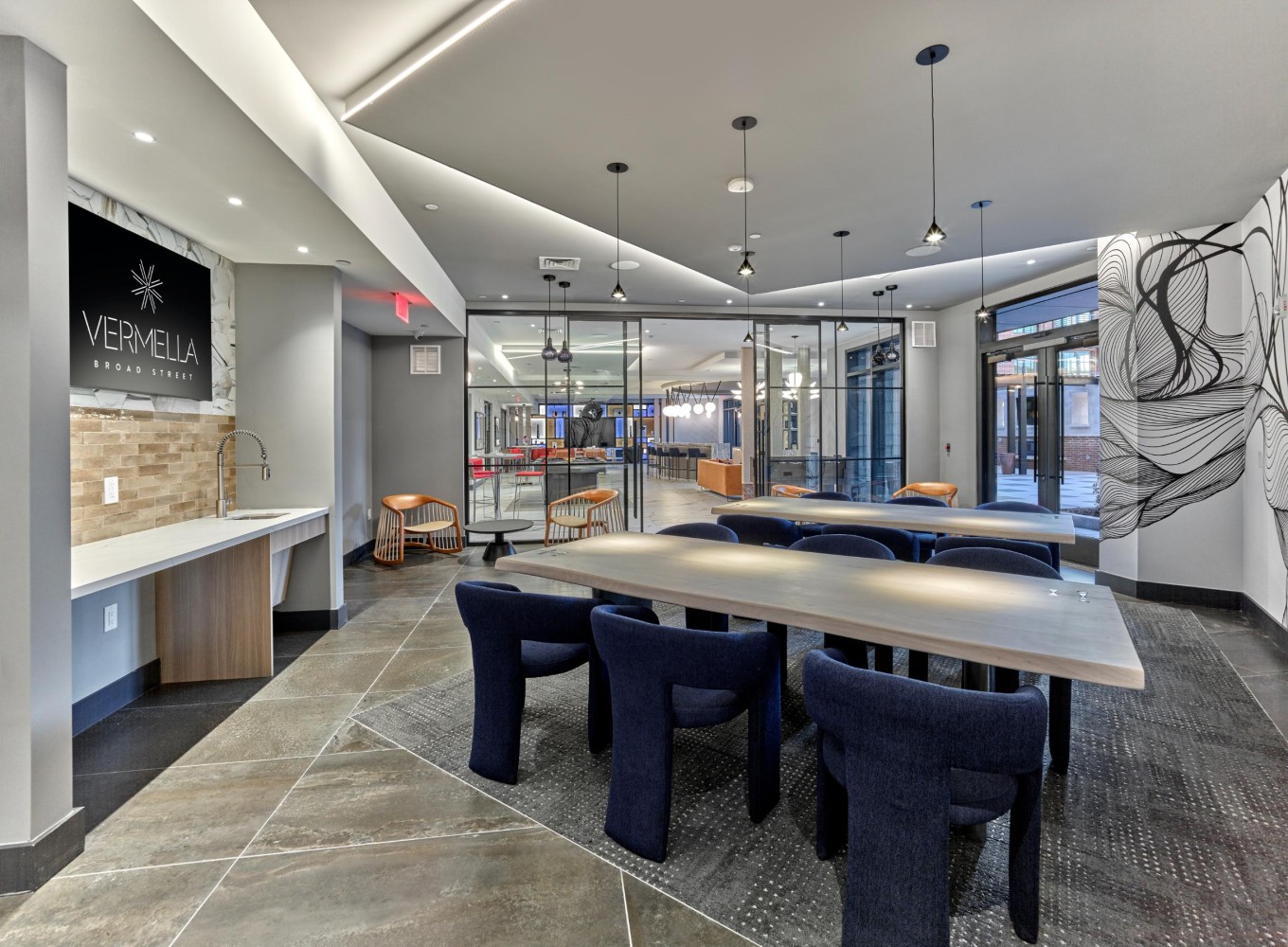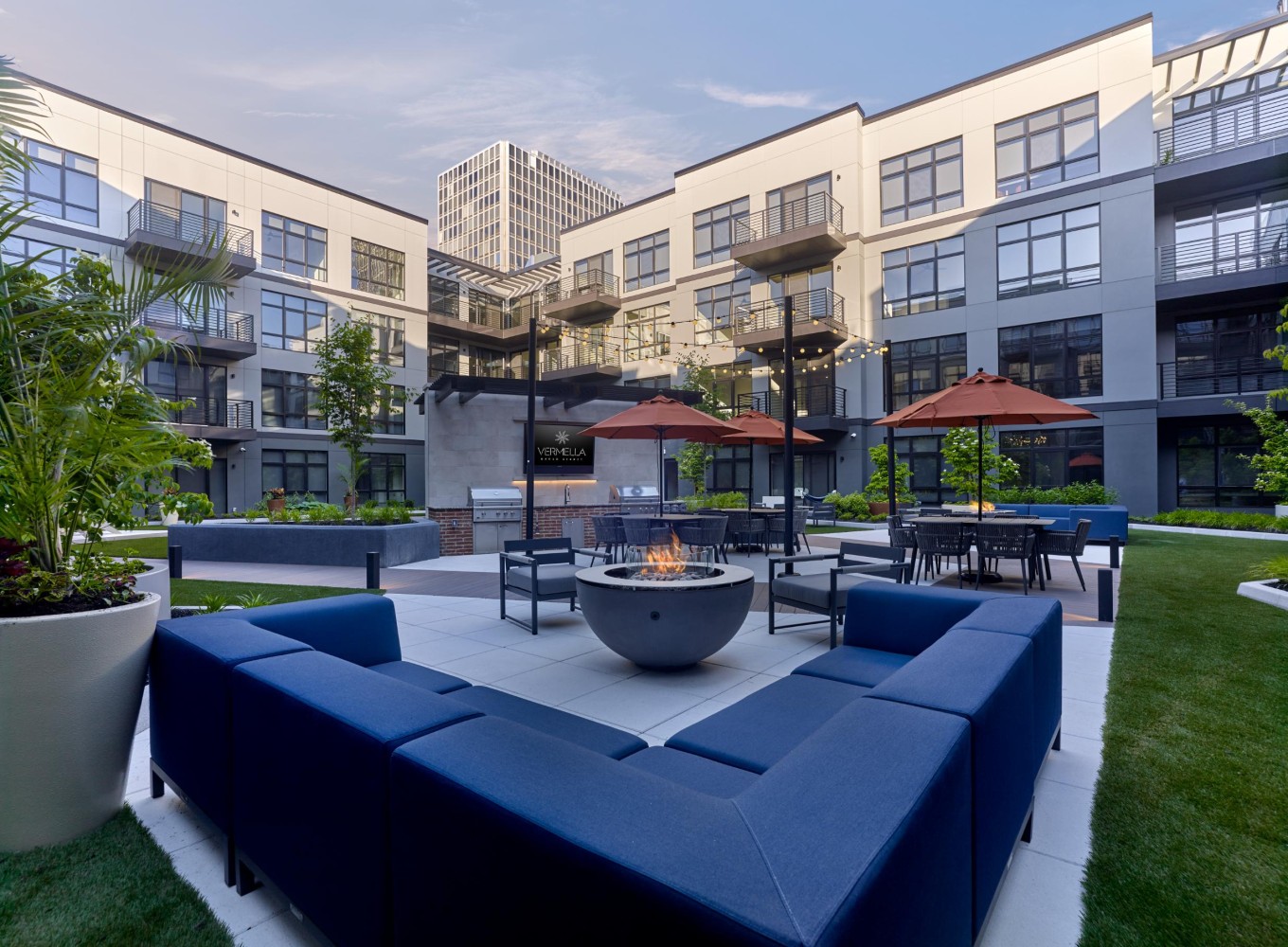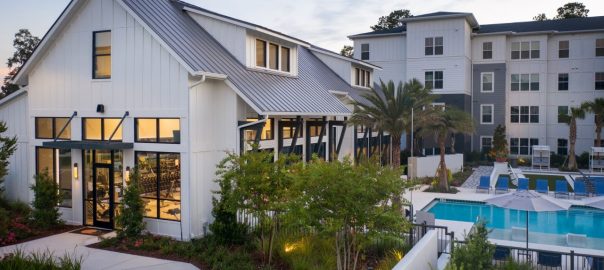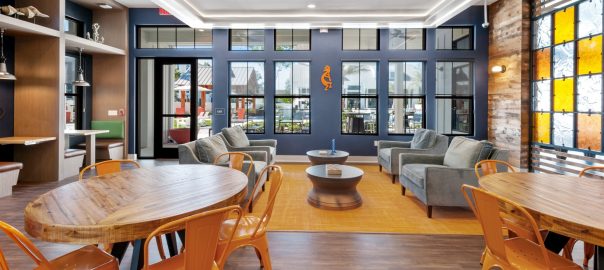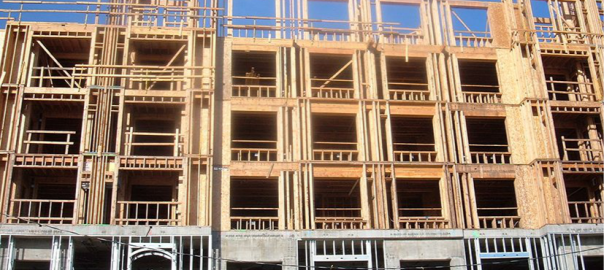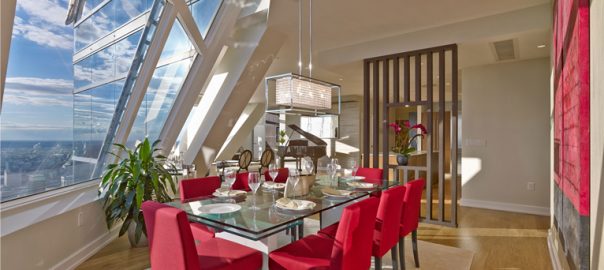Creating a space that respects and incorporates the area’s historical architecture often holds significance to the community. Or it could mean choosing a multi-family condo development over an apartment complex especially if demographic trends indicate a growing preference for families living in the city.

A key part of integrating design into its environment is the incorporation of local art. Using art created by local artists not only provides a unique, location-specific aesthetic but also helps build a deeper connection with the community. Local art can reflect the area, and local artwork enhances the authenticity of the design and programming of the correct space needed for its environment. By including painting murals, and sculptors created from within the community it creates a bridge and draws more residents for the people who live and work within it, creating a sense of belonging and pride in the community.

Another great example of programming the right space for its community is in an area where historical architecture is cherished. A design that blends contemporary elements with respect for the area’s heritage can be seen by its residents and community as an extension of what once existed. Similarly, understanding the demographic makeup of a city—whether it’s young professionals, growing families, or retirees—can influence the decision to build a multi-family condo development versus a traditional apartment complex. The idea of programming for a community also extends to incorporating spaces that are not widely offered throughout the city but are sought after by its members, such as a pool, shared working space, and an environment where these amenities are lacking. Additionally, the inclusion of restaurants or cafes within the building that are open to both residents and the public helps extend a hand to the community.

These nuanced decisions, combined with the use of local art, are essential because they ensure that the design not only appeals aesthetically but also connects deeply with the roots of the community.







